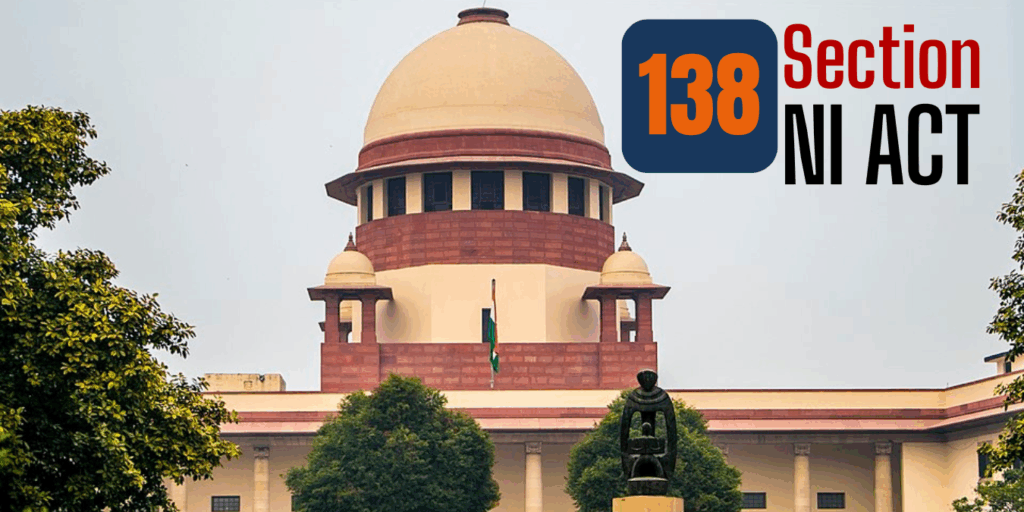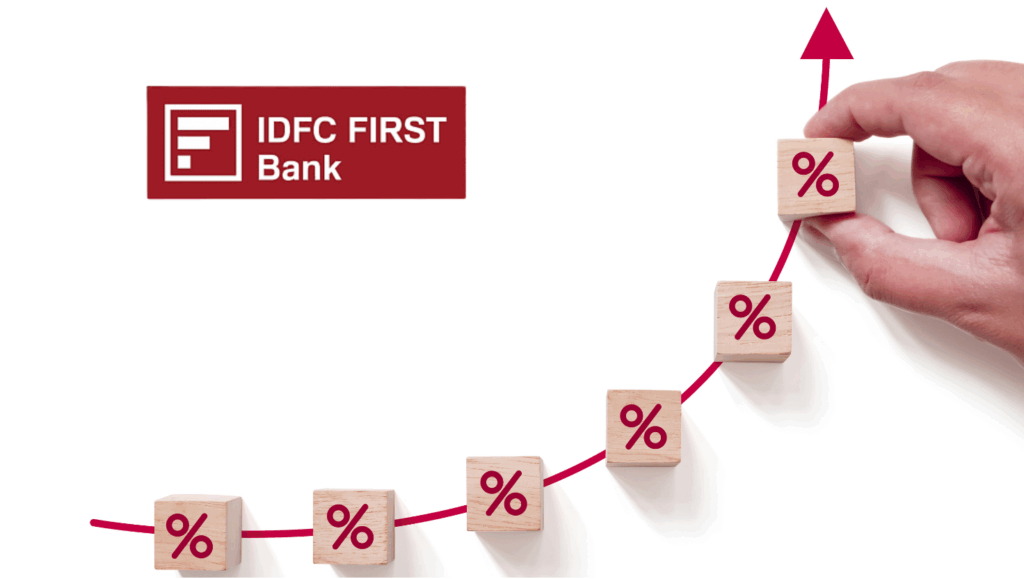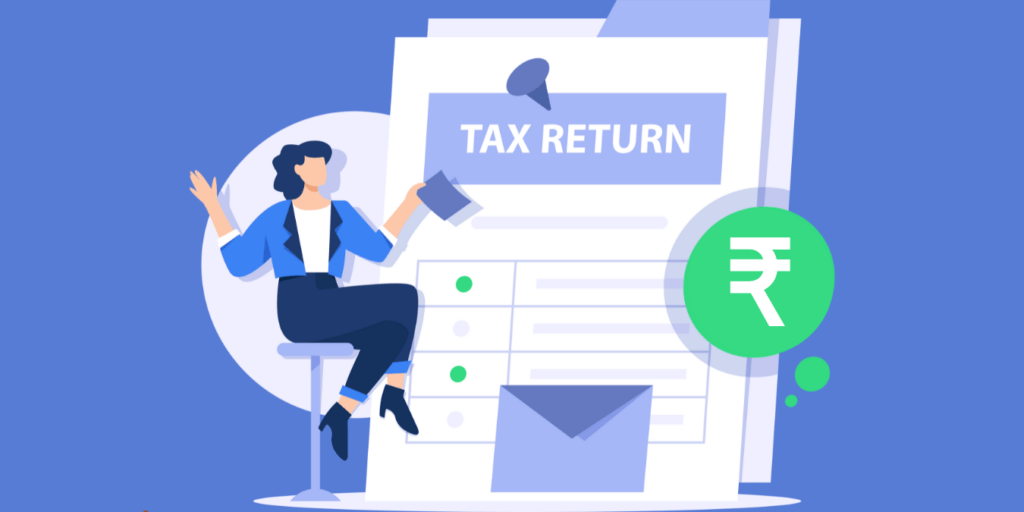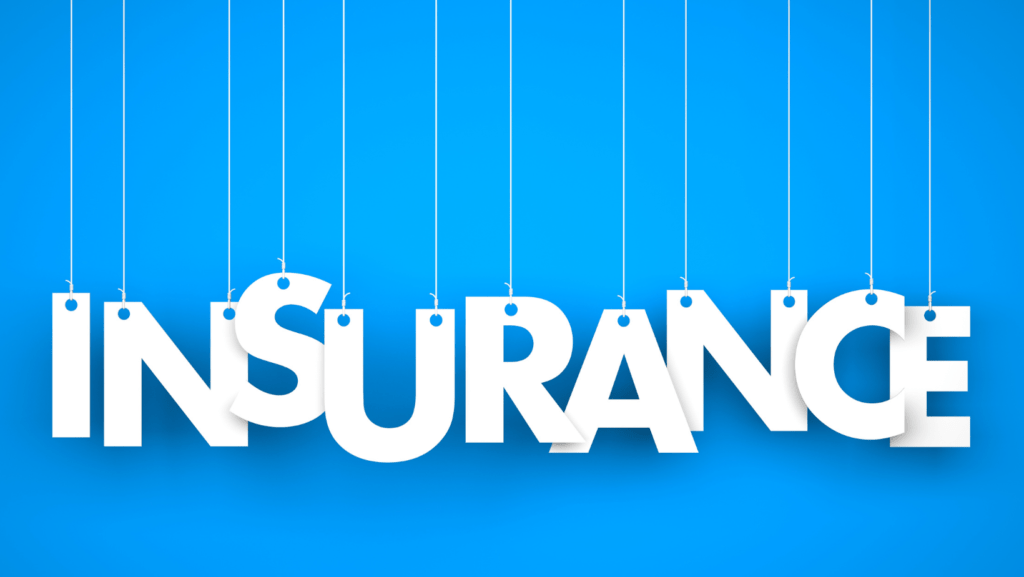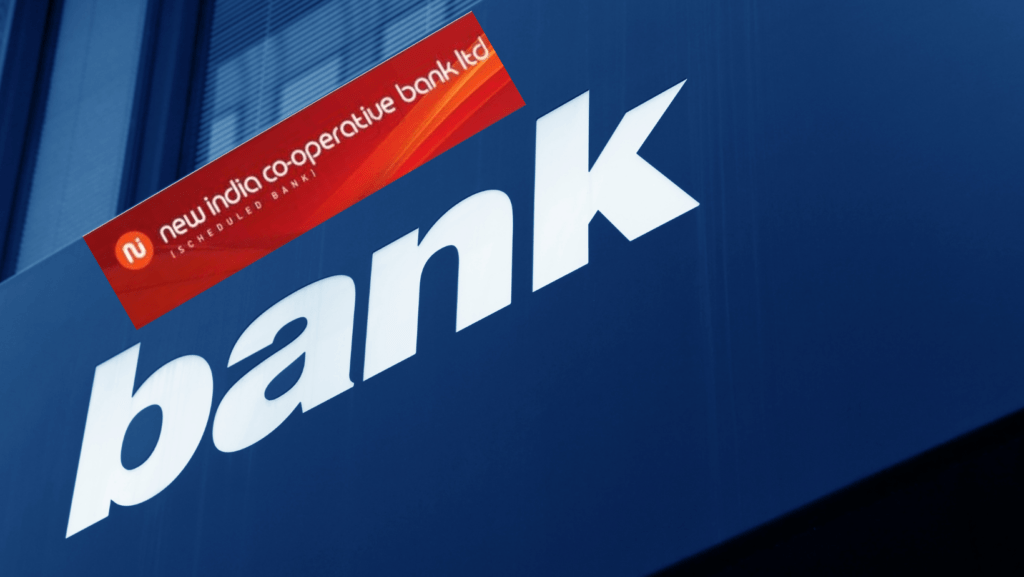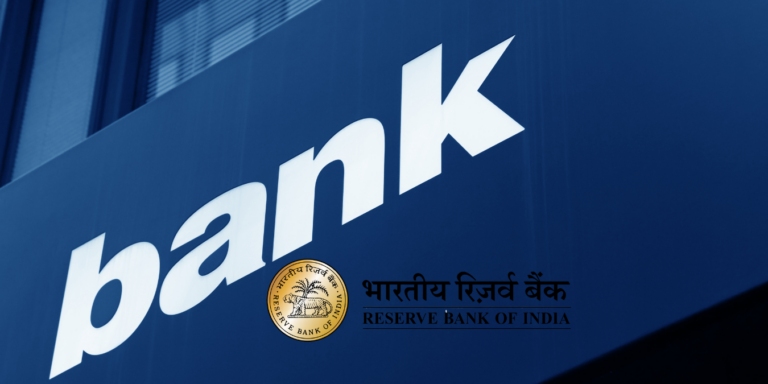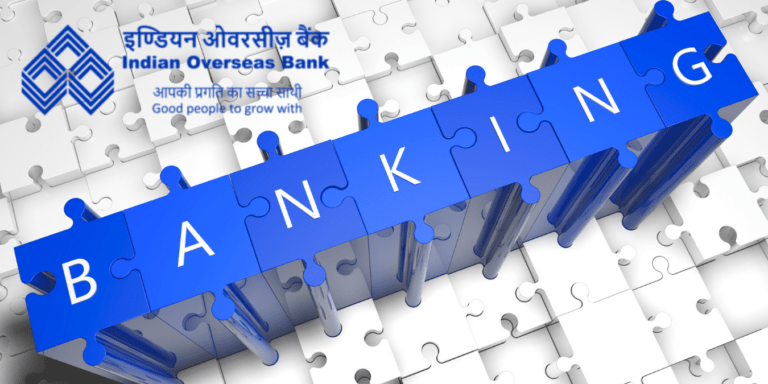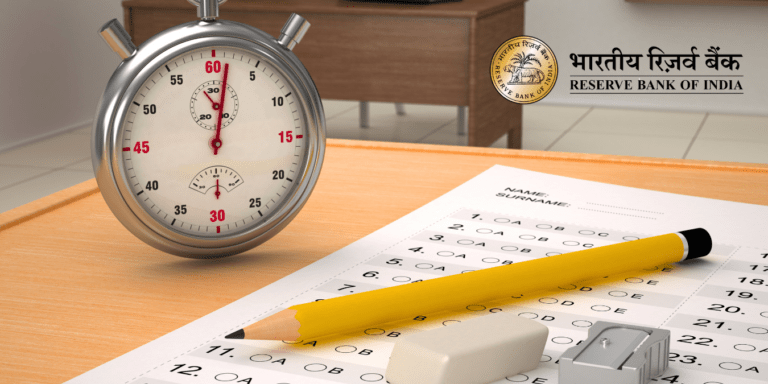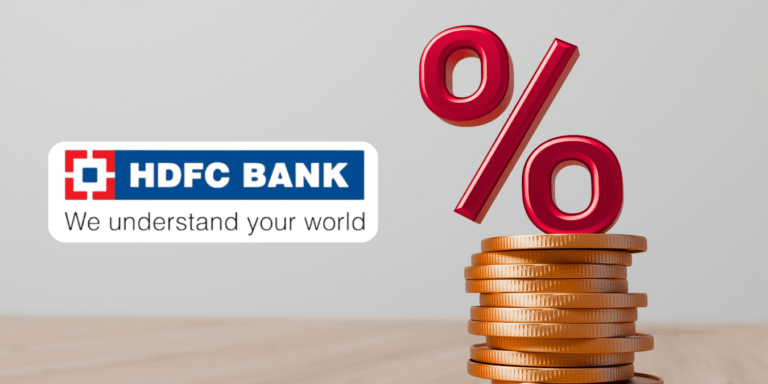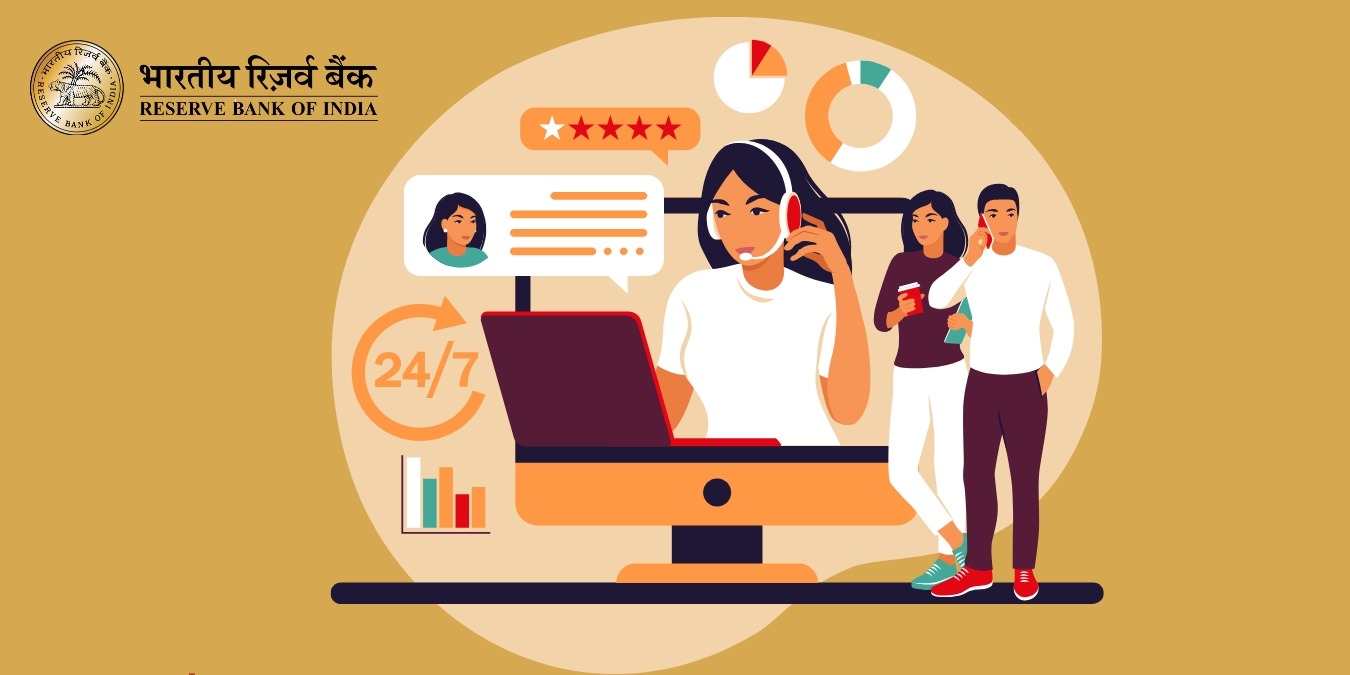
Why RBI's 2025 Move to Empower Banks’ Internal Ombudsman Could Change Your Consumer Rights Forever
RBI has given to banks’ internal ombudsmen in 2025 that could transform how your banking complaints are resolved. Why are these changes creating a buzz among Indian consumers—and what crucial detail might banks not want you to know? Uncover how rural customers gain unprecedented protection, how fast compensation can come your way, and the step-by-step tactics to make the most of this reform. Don’t miss the insider secrets to protecting your money in India’s evolving banking landscape.
India’s banking landscape is set for a stronger consumer protection framework following the Reserve Bank of India’s (RBI) landmark announcement on October 1, 2025. The central bank has unveiled a set of reforms aimed at empowering internal ombudsmen within banks with more authority, especially compensation powers, and improving the overall grievance redressal system for customers. This move, part of a broad overhaul of the RBI Ombudsman Scheme, also expands coverage to rural cooperative banks, ensuring that customers across urban and rural India benefit from quicker, fairer complaint resolution.
Understanding the Internal Ombudsman: Banks’ Consumer Guardian
In India’s banking sector, the Internal Ombudsman (IO) serves as an independent and senior-level officer within a bank responsible for reviewing complaints that customers raise but remain unresolved or unsatisfactorily addressed by regular customer service channels. Established by RBI guidelines, the IO acts as a crucial internal check to ensure transparency, accountability, and timely resolution without escalating issues outside the bank.
The IO’s role includes:
- Conducting an impartial review of rejected or unresolved customer complaints.
- Acting as a bridge between the customer and the bank’s management.
- Making recommendations for resolving grievances fairly and expeditiously.
Before the latest reforms, the IO had limited powers, primarily advisory in nature, lacking authority to award compensation directly or engage personally with complainants. This gap has prompted RBI’s recent move to strengthen this essential mechanism.
The RBI’s 2025 Reforms: Key Changes for Internal Ombudsman Powers
Announced by RBI Governor Sanjay Malhotra during the Monetary Policy Committee meeting on October 1, 2025, the reforms aim to empower the Internal Ombudsman and revamp the overall grievance redressal system with consumer-centric improvements:
- Compensation Powers: Internal Ombudsmen will now have the authority to award compensation to customers for their grievances, aligning more closely with the powers traditionally held by RBI’s external ombudsman.
- Direct Access to Complainants: IOs will be allowed to engage directly with complainants, facilitating clearer communication and faster issue resolution.
- Two-Tiered Grievance Redressal Structure: Banks may introduce a two-tier system ensuring smoother complaint handling before escalation to the IO, preventing unnecessary delays.
- Inclusion of Rural Cooperative Banks: The RBI Ombudsman Scheme now explicitly covers State Cooperative Banks and District Central Cooperative Banks, extending protections to rural customers who often face limited grievance redress options.
- Simplified Procedures and Reduced Timelines: Enhancements aim to clarify processes and accelerate complaint resolution times for better consumer satisfaction.
- ‘One Nation, One Ombudsman’ Approach: This jurisdiction-neutral model will streamline grievance handling across India, removing regional barriers for consumers.
These measures reflect RBI’s commitment to fostering trust in banking services and protecting consumer rights transparently and effectively.
Step-by-Step Guide: How to Use the Internal Ombudsman Mechanism
Navigating complaint redressal can be daunting. Here’s a clear guide for Indian bank customers to use the strengthened Internal Ombudsman system effectively:
- Attempt Resolution with Bank’s Customer Service: Raise your complaint with the bank’s designated customer care channels. Keep documentation of all communications.
- Escalate to the Internal Ombudsman: If dissatisfied with the response or if the bank fails to respond in a reasonable time (usually 30 days), escalate the complaint to the Internal Ombudsman. Look for the IO’s contact details on your bank’s website or branches.
- Engage Directly with the IO: With the new reforms, expect a more direct interaction from the IO, where you can present your grievance clearly.
- Await the IO’s Decision: The IO will independently review your complaint and communicate their resolution, which may now include compensation where justified.
- Further Escalation to RBI Ombudsman: If the decision is still unsatisfactory, you can escalate the complaint externally to the RBI Ombudsman Scheme via their online portal or contact center.
Tips for Faster Resolution:
- Document all correspondence and keep copies of transaction receipts.
- Clearly state the issue with factual details and desired resolution.
- Follow timelines set by the bank and Ombudsman.
Pro Tips for Consumers to Protect Their Banking Rights
- Know Your Rights: Familiarize yourself with RBI’s Integrated Ombudsman Scheme (RB-IOS, 2021) and your bank’s grievance redressal policies.
- Leverage RBI’s Online Tools: Use RBI’s centralized complaint portal https://cms.rbi.org.in for external escalation.
- Involve Banking Ombudsman Early: If initial complaint handling delays exceed 30 days, reach out to the IO promptly.
- Use Social Media and Forums Judiciously: Banks monitor public feedback; polite, factual posts can aid visibility.
- Keep Records: Maintain transaction histories and correspondence for up to a year or longer when issues remain unresolved.
Common Mistakes to Avoid When Raising Complaints
- Missing Documentation: Without proof of transactions or complaint registration, grievances may be delayed or dismissed.
- Ignoring Timelines: Delayed escalation reduces the chance of timely resolution.
- Overescalation: Jumping directly to RBI Ombudsman without exhausting internal mechanisms can slow down the process.
- Assuming OMbudsman Powers: IO’s recent compensation powers do not override legal rights or judicial recourse; consumers retain full rights to approach courts.
Expert Insights: Impact of RBI’s Reforms on India’s Banking Sector
Experts see RBI’s reforms as a welcome step toward enhancing customer confidence and service quality. Abhinav Sharma, Partner at Dentons Link Legal, notes that empowering internal ombudsmen with compensation authority encourages banks and NBFCs to take consumer complaints seriously and resolve issues promptly, reducing the necessity for RBI Ombudsman interventions. Including rural cooperative banks widens the protection net, democratizing consumer rights in underserved areas.
These steps also align with global best practices, making India’s banking grievance system more transparent, accessible, and accountable.
Featured Snippet Summary
The Reserve Bank of India is strengthening the Internal Ombudsman mechanism in banks by granting compensation powers and allowing direct complainant access. These reforms aim to improve consumer grievance redressal effectiveness, include rural cooperative banks under the RBI Ombudsman Scheme, and simplify complaint resolution with faster timelines and a two-tiered structure. This consumer-centric move boosts confidence and service standards across India’s banking sector in 2025.
Final Thought: Empower Yourself - Make Your Voice Heard Today
With RBI’s decisive reforms in 2025, bank customers in India have a more robust tool to ensure their banking grievances are addressed fairly and swiftly. By understanding the internal ombudsman mechanism and following the practical steps outlined, consumers can confidently protect their rights and hold banks accountable. Stay informed, document your concerns, and use the enhanced IO framework to seek just resolutions.
Explore your bank’s grievance redressal channels today and remember: a proactive approach coupled with RBI’s strengthened mechanisms can turn troublesome banking experiences into opportunities for better service.
Disclaimer: The use of any third-party business logos in this content is for informational purposes only and does not imply endorsement or affiliation. All logos are the property of their respective owners, and their use complies with fair use guidelines. For official information, refer to the respective company’s website.


